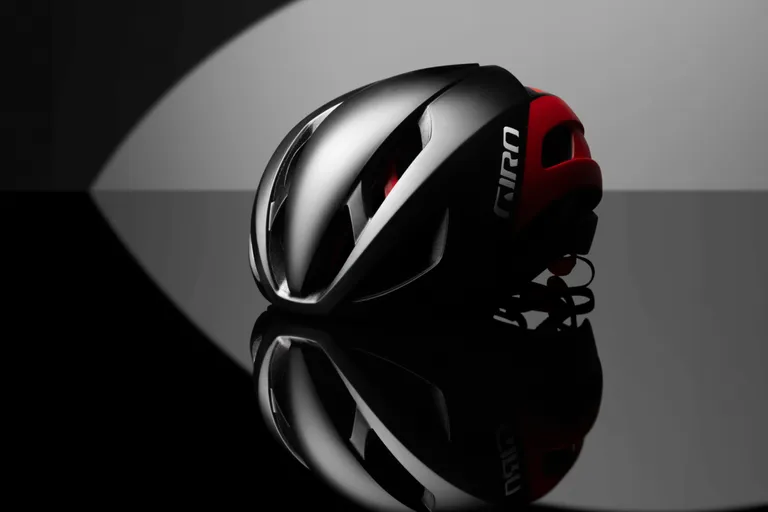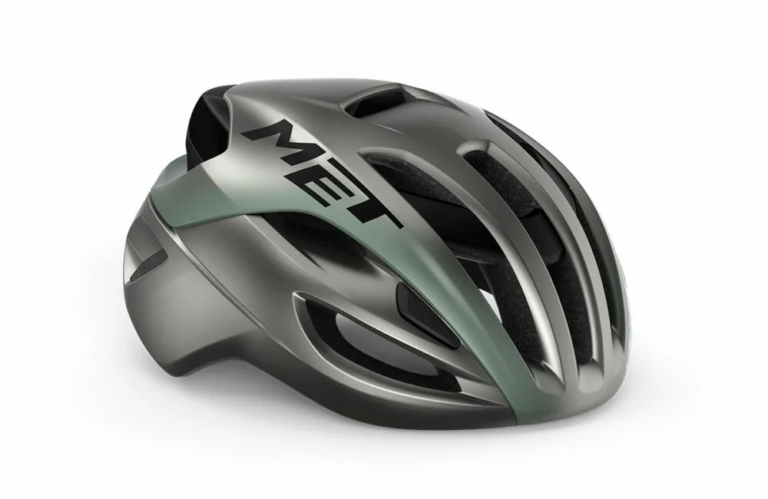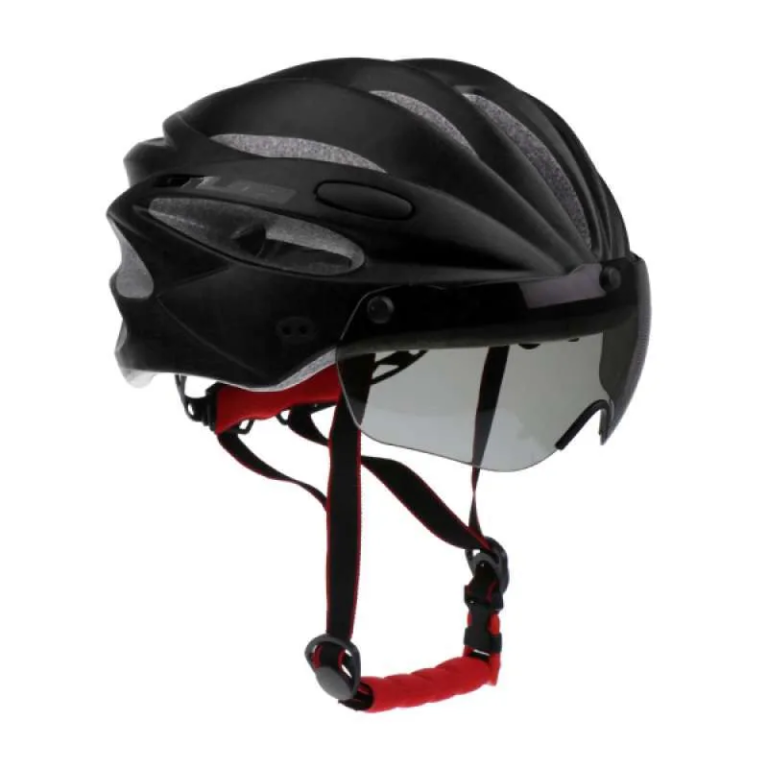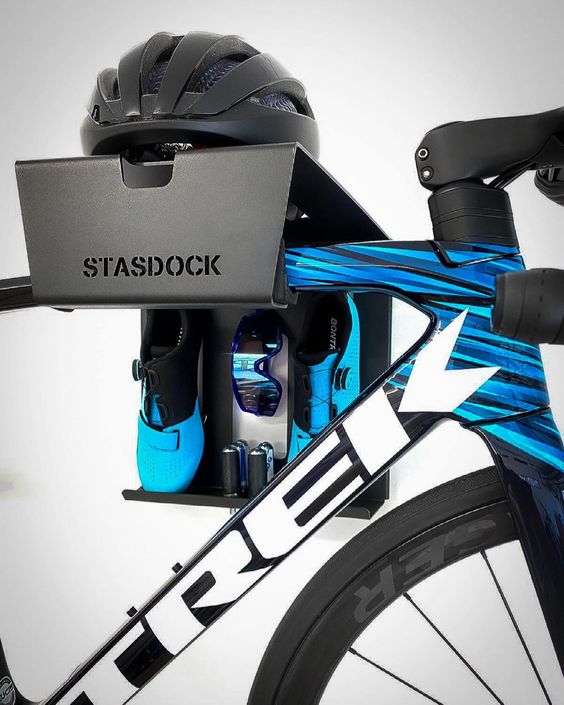Integrating Technology in Gravel Bike Helmets: Mastering Gravel Bike Helmets with Cutting-Edge Technology

Key Point Summary of Integrating Technology in Gravel Bike Helmets:
- Emerging Tech in Gravel Helmets: The latest technological advancements enhancing rider experience.
- Smart Helmet Features: Exploring integrated features like GPS, communication, and safety sensors.
- Choosing the Right Tech Helmet: Tips for selecting a helmet that balances technology with comfort and safety.
As a masters cyclist who has embraced the adrenaline of racing and the serenity of riding across mountain bikes, gravel bikes, and cyclocross, I’ve witnessed firsthand the evolution of cycling gear. In this article, designed for cyclists at the beginner to mid-level, I’ll delve into the fascinating world of tech gravel helmets, smart helmets, and cycling gadgets, sharing my personal experiences along the way.
Emerging Tech in Gravel Helmets
Integrating technology into gravel bike helmets has revolutionized our riding experience. We’re not just talking about improved materials or aerodynamics; it’s about how helmets have become smart gadgets themselves. I recall my first ride with a tech-integrated helmet – it felt like stepping into the future.
GPS and Navigation
Many high-tech helmets now come with built-in GPS functionality. This feature is a game-changer for route tracking and navigating unfamiliar trails. On one of my gravel rides, the GPS in my helmet guided me back to my starting point when I got disoriented in a dense forest.
Lumos Ultra Smart Helmet – This helmet not only offers built-in GPS but also integrates lights and turn signals, enhancing navigation and visibility on gravel trails.
Communication Systems
Some helmets offer integrated communication systems, allowing for seamless connection with fellow riders. This is particularly useful during group rides or in emergencies. I remember a group ride where we stayed connected through our helmets, enhancing our coordination and safety.
Sena R1 Smart Cycling Helmet – Known for its advanced communication system, it allows cyclists to stay connected with fellow riders through a built-in intercom system.
Smart Helmet Features
The term smart helmets is not just a buzzword; it’s a reality that’s shaping how we approach gravel biking.
Safety Sensors
Helmets equipped with safety sensors are not just protective gear but a proactive guardian. These sensors can detect impacts and, in some cases, notify emergency contacts. I’ve been fortunate not to have needed this feature personally, but the peace of mind it offers is priceless, especially on solitary gravel trails.
Specialized Prevail II Vent with ANGi – This helmet features a crash sensor (ANGi) that detects impacts and sends alerts to emergency contacts, offering an extra layer of security.
Built-In Cameras
Recording rides has become more straightforward with helmets featuring integrated cameras. I’ve captured some of my most memorable rides without the hassle of mounting additional equipment.
Cyclevision EDGE Helmet – Equipped with dual-integrated cameras, this helmet captures front and rear views, making it perfect for recording scenic gravel rides and ensuring safety.
Smart Lighting
Smart lighting in helmets enhances visibility. I’ve used helmets with automatic light sensors that adjust the brightness based on the ambient light, significantly improving safety during dusk rides.
LIVALL BH60SE – This smart helmet offers automatic brake lights and turn signals, improving visibility and safety, especially during low-light gravel biking adventures.
Gravel Helmet and Tech Pairing
When pairing technology with gravel helmets, it’s vital to consider the specific challenges and needs of gravel biking. The terrain can be unpredictable, often requiring enhanced navigation and communication capabilities. Helmets like the Lumos Ultra Smart Helmet and Sena R1 are excellent for such environments, offering advanced navigation and connectivity. For safety-conscious riders, the Specialized Prevail II Vent with ANGi provides an essential safety net on remote or challenging trails.
In contrast, the Cyclevision EDGE Helmet, with its built-in cameras, is ideal for those who want to capture their adventures without compromising on safety. Lastly, the LIVALL BH60SE’s smart lighting system is key for those who ride in varying light conditions. The key is to find a balance between the tech features you desire and the practical requirements of gravel biking, ensuring a helmet that enhances your ride without overwhelming it.
Choosing the Right Tech Helmet
Balancing Tech with Comfort and Safety
While the allure of integrating technology into gravel bike helmets is strong, it’s crucial to balance these features with comfort and essential safety standards. A helmet laden with gadgets is of no use if it’s not comfortable or fails to protect.
Battery Life and Durability
Consider the battery life and durability of tech features. On longer rides, you don’t want to be left with a dead helmet that can’t perform its smart functions.
Ease of Use
Tech features should enhance, not complicate, your ride. Look for intuitive interfaces and easy-to-use controls. I’ve experienced helmets that were more frustrating than helpful due to their complex operations.
FAQ
What is the new technology for bike helmets?
Integrating technology into gravel bike helmets is particularly focused on enhancing safety and functionality in varied and often unpredictable terrain. Technologies like MIPS provide extra protection against the rotational forces common in off-road accidents. Smart features such as built-in GPS, communication systems, and advanced lighting are also more prominent, catering to the unique needs of gravel biking like remote navigation and group riding. These technological integrations are designed to offer gravel cyclists a blend of safety, convenience, and enhanced riding experience.
Does MIPS technology really work?
Yes, MIPS technology in gravel bike helmets is effective. It’s designed to reduce rotational forces on the brain in the event of an angled impact, which is common in cycling accidents, including off-road and gravel biking. Studies and real-world usage have shown that MIPS can provide an added layer of safety, potentially reducing the risk of brain injuries in certain types of impacts. This makes it a valuable feature for gravel bike helmets, where riders often face varied and unpredictable terrain.
Is MIPS or Wavecell better?
MIPS and WaveCel are both advanced helmet technologies designed to reduce the risk of brain injuries. MIPS (Multi-directional Impact Protection System) reduces rotational forces on the brain by allowing the helmet to slide relative to the head. WaveCel, on the other hand, is a collapsible cellular structure lining the inside of the helmet, designed to absorb both rotational and linear impact forces. The effectiveness of MIPS or WaveCel can vary depending on the specific impact conditions, and neither technology is universally “better” than the other. Each offers a unique approach to helmet safety, and the choice may depend on individual preferences and the specific requirements of gravel biking.
Final Thoughts
Integrating technology into gravel bike helmets has opened up new dimensions of safety, convenience, and enjoyment. As someone who has navigated the terrains of cycling for years, I believe these advancements are not just about having fancy gadgets; they are about enriching our cycling experience and offering an extra layer of safety. Whether you are just starting or have been pedaling for years, embracing these technological advancements can transform your gravel biking journey.
John






